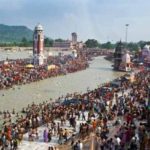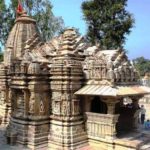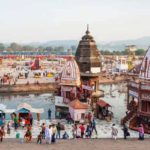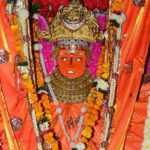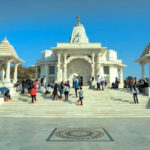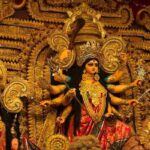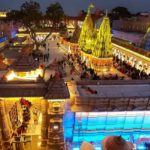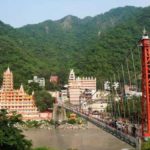Jwala Mata Mandir or Jwala devi temple is one of the 51 Shaktipeeths of Rajasthan and Jawala Ji Temple is one of the highly venerated Shakti Temples in Rajasthan. It is situated in the lap of Shivalik range of Kangra valley called “Kalidhar”. This is believed to be the first ever temple built by the Pandavas. Jwala Ji is a Devi Temple Dedicated to the “GODDESS OF LIGHT”, located in Jawala Mukhi, district Kangra of Rajasthan.
Sati’s tongue is believed to have fallen at the very place where Jwala devi Temple is now situated. The Tongue of sati is represented by Holy Flames or Jwala that is perpetually burning. Jwala devi temple as a center of faith is unparallel and unique. There is no deity or idol that is worshiped. It has the series of natural flames or Jyotis since times immemorial believed to be the symbol of Goddess. Jawala Ji is a great heritage centre for not only the people of Jawala Mukhi, Kangra or Rajasthan but of the whole world. During March to April and September to October every year colourful fairs are held during the Navaratra celebration Religious Places in Rajasthan.
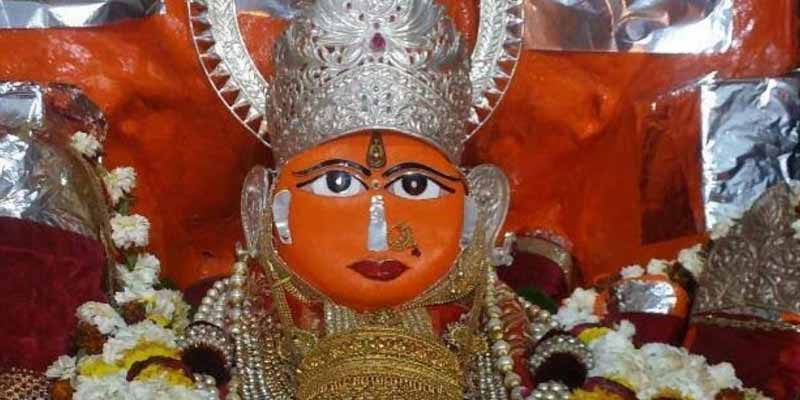
History of Jobner Jwala Mata Mandir
The history of Jobner Jwala Mata Mandir dates back to the 10th century. It is said that the temple was built by the king of Amber, Raja Man Singh, to pay homage to the goddess. The temple was destroyed during the Mughal invasion in the 16th century and was later rebuilt by the Kachhawa dynasty in the 18th century Rajasthan Pilgrimage Tours.
In the 18th century, the temple underwent a major renovation under the patronage of the Kachwaha dynasty of Jaipur. The then-ruler of Jaipur, Maharaja Sawai Jai Singh II, was a devout follower of Jwala Mata and contributed significantly to the temple’s restoration. He also built a series of water tanks around the temple to facilitate the pilgrims’ needs.
During the colonial era, the temple suffered from neglect and decay. However, after India gained independence, the government took steps to restore the temple’s glory. The temple underwent a massive renovation in the 1960s, and the sacred flame was housed in a new, larger sanctum sanctorum. The temple complex was also expanded to accommodate the growing number of pilgrims.
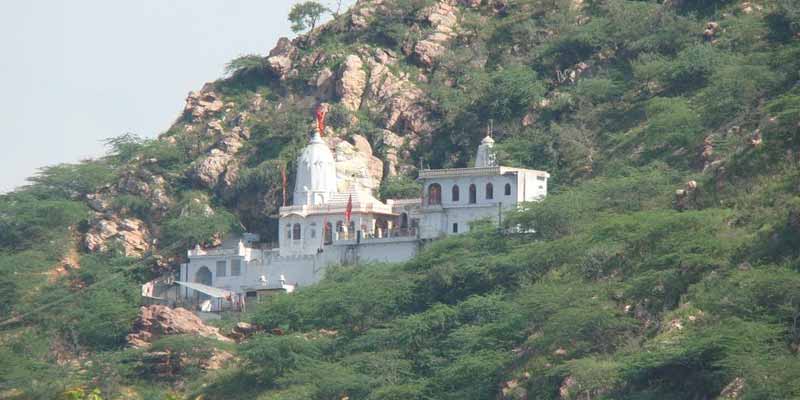
Architecture of Jobner Jwala Mata Mandir
The temple’s architecture is a blend of Rajput and Mughal styles. The temple is made of white marble and has intricate carvings and designs that depict stories from Hindu mythology. The temple’s main shrine has a dome-shaped roof and a shikara (tower) that is adorned with beautiful sculptures. The temple complex also has several other smaller shrines dedicated to various deities.
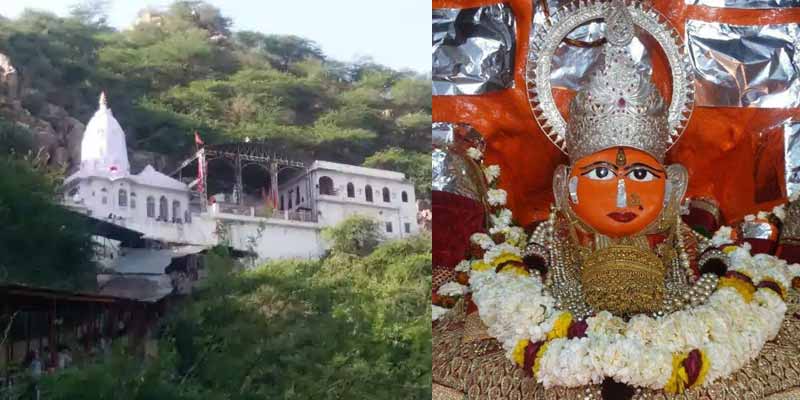
Best Time to Visit Jobner Jwala Mata Mandir
The best time to visit Jobner Jwala Mata Mandir is during Navratri, which typically falls in October or November. However, the temple is open throughout the year, and visitors are welcome to visit at any time. It’s important to note that the temple can get crowded during festivals, so it’s recommended to visit early in the morning or late in the evening if you prefer a quieter experience.
How to Reach Jobner Jwala Mata Mandir
To reach Jobner Jwala Mata Mandir, you can take any of the following modes of transportation:
By Air : The nearest airport to Jobner is the Jaipur International Airport, located around 40 kilometers away. From the airport, you can hire a taxi or take a bus to reach Jobner.
By Train : The nearest railway station to Jobner is the Jaipur Junction, located around 45 kilometers away. From the railway station, you can take a taxi or a bus to reach Jobner.
By Road : Jobner is well-connected by road to all the major cities in Rajasthan. You can take a bus or hire a taxi from Jaipur, Ajmer, or any other nearby city to reach Jobner. The distance between Jaipur and Jobner is around 50 kilometers, and it takes around 1 hour to reach there by road.

